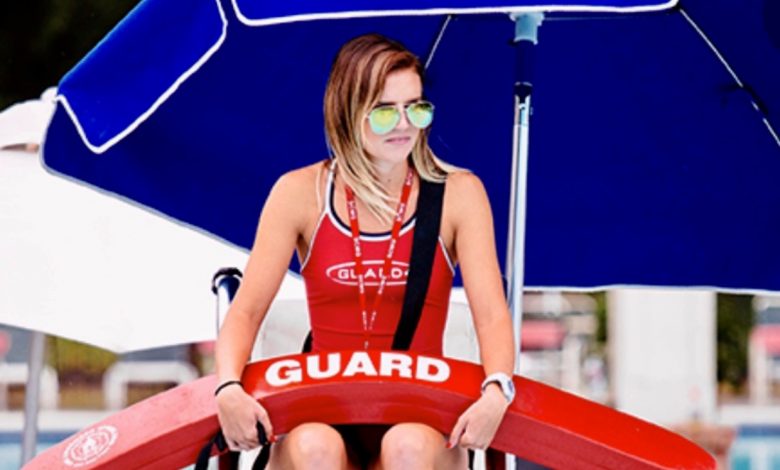What training during the summer?

For those who are engaged in competitions, it will be necessary to wait a few more weeks or even a few months. But for others, the summer break is already here. Can we completely stop swimming? What to do during this period?
A complete break?
It is often advisable to make at least one real cut per year in order to fully recover. This complete rest has benefits:
- Physical: The body is allowed to regenerate, which prevents over training and reduces the risk of injury.
- Mental: We can take a step back, avoid weariness, and come back with greater motivation.
However, the optimal duration of this stop is debated. Indeed, if the total stopping has relatively few consequences in the first days, it is not the same when it is prolonged. The body trains quite quickly and after 3 to 4 weeks, the parameters related to endurance and, to a lesser extent, to strength, are markedly altered (studies on this subject are numerous, the most readers motivated can find some references below). In addition, a long stop usually means a more difficult recovery with an increased risk of injury. In the end, a cut that is too long can therefore turn out to be rather harmful.
A good solution is to favor a fairly short complete stop, of about two weeks, followed by a fairly long “light” training time (around a month but this of course depends on your summer schedule. ). This reduced training time also allows you to rest while limiting the effects of de-training.
What to do?
The holiday atmosphere, the cessation of club training, the change of setting encourage quite a different training.
First of all, it’s a good time to discover new activities. The practice of another sport is quite logical compared to what we saw above. It partly avoids de-training while prolonging the benefits of the cut. But this diversification of training can also be done in swimming. This is obviously the right time to swim in a natural environment (we are obviously talking about training and not swimming!) And, more generally, to see things that you do not usually do (diving, turns, swims that you skipped, etc.)
However, this does not prevent you from doing serious lifeguard training in your favorite swim. Summer is a great time to implement technical improvements in your strokes. You can take your time more easily, with no other goal than technical progress. The length of the vacation allows you to automate the corrections before resuming your usual training at the start of the school year. If you own the books from the Efficient Swim collection, the end-of-book sessions will be a good start. If you use the workout generator, select endurance workouts but make the effort to choose yourself technical exercises suited to your level and your faults.
In summary, this is what the program could be
For those who don’t have competitive goals:
Two full weeks of rest, you have the right to that.
A fairly long period (3 to 5 weeks) of light training. This period will include one or two swimming sessions per week, shorter than what you usually do and focused on technical work. These sessions will be supplemented by the practice of another sport.
A gradual recovery (2 weeks) to return to your usual training by lengthening the sessions and possibly increasing their number.
For those who want a more sporty vacation:
Continuation of training in July, with participation in open water competitions for example.
Full stop in early August, 2 weeks. You will have even more right to it.
Two weeks of light and varied training. Small sessions focused on technique + practice of another sport
Gradual return to usual training over two weeks
Finally, for those who have competitive deadlines until the end of the summer or even beyond, the cut will of course be postponed towards the end of the year. We think about you!





